Categories
The latest content
-

Customs Clearance & Import Regulations for Bulk Iranian Pinto Beans in EU, Middle East & Africa
..
-
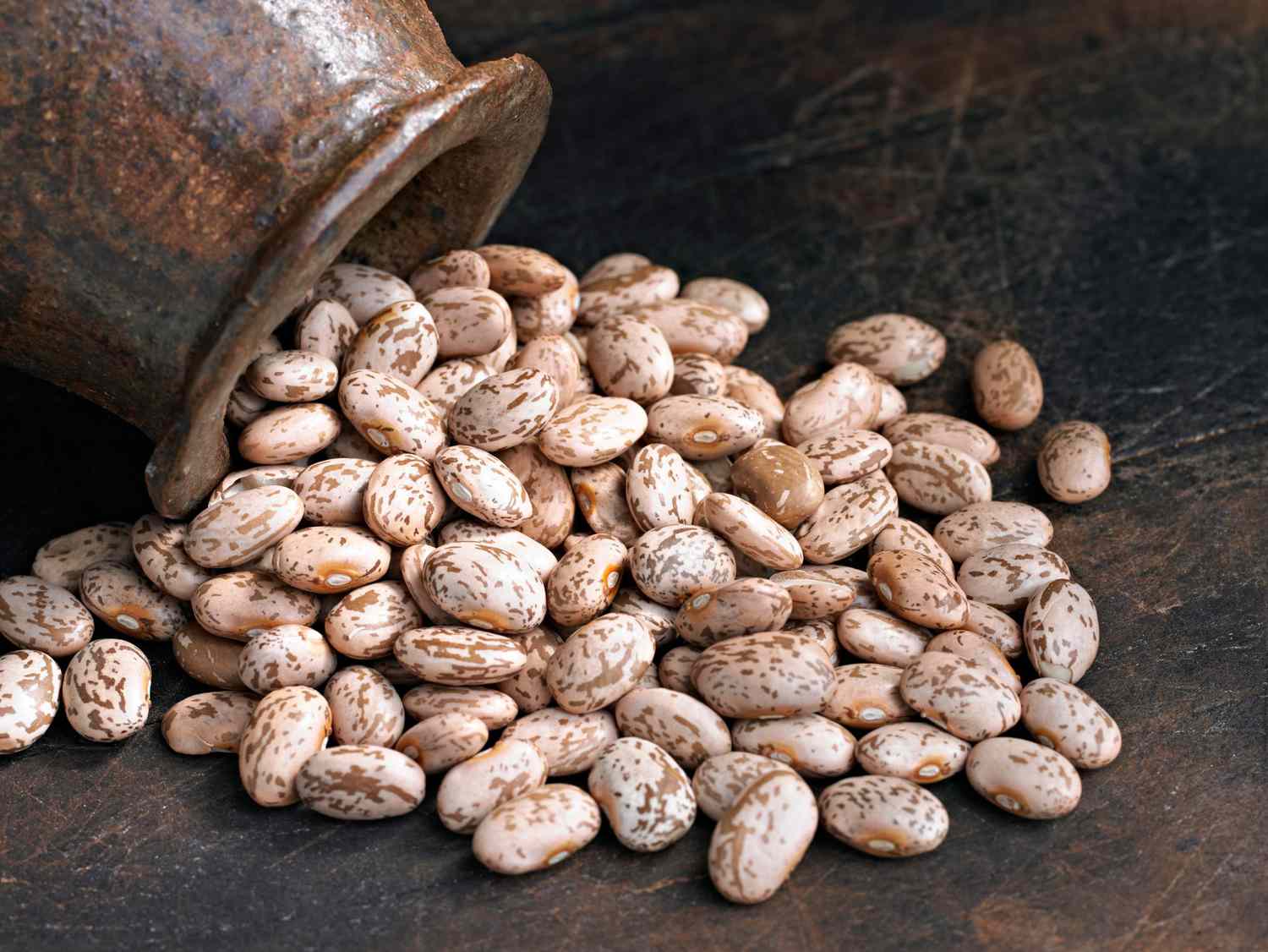
Quality Control & Laboratory Testing Standards for Iranian Pinto Beans
..
-
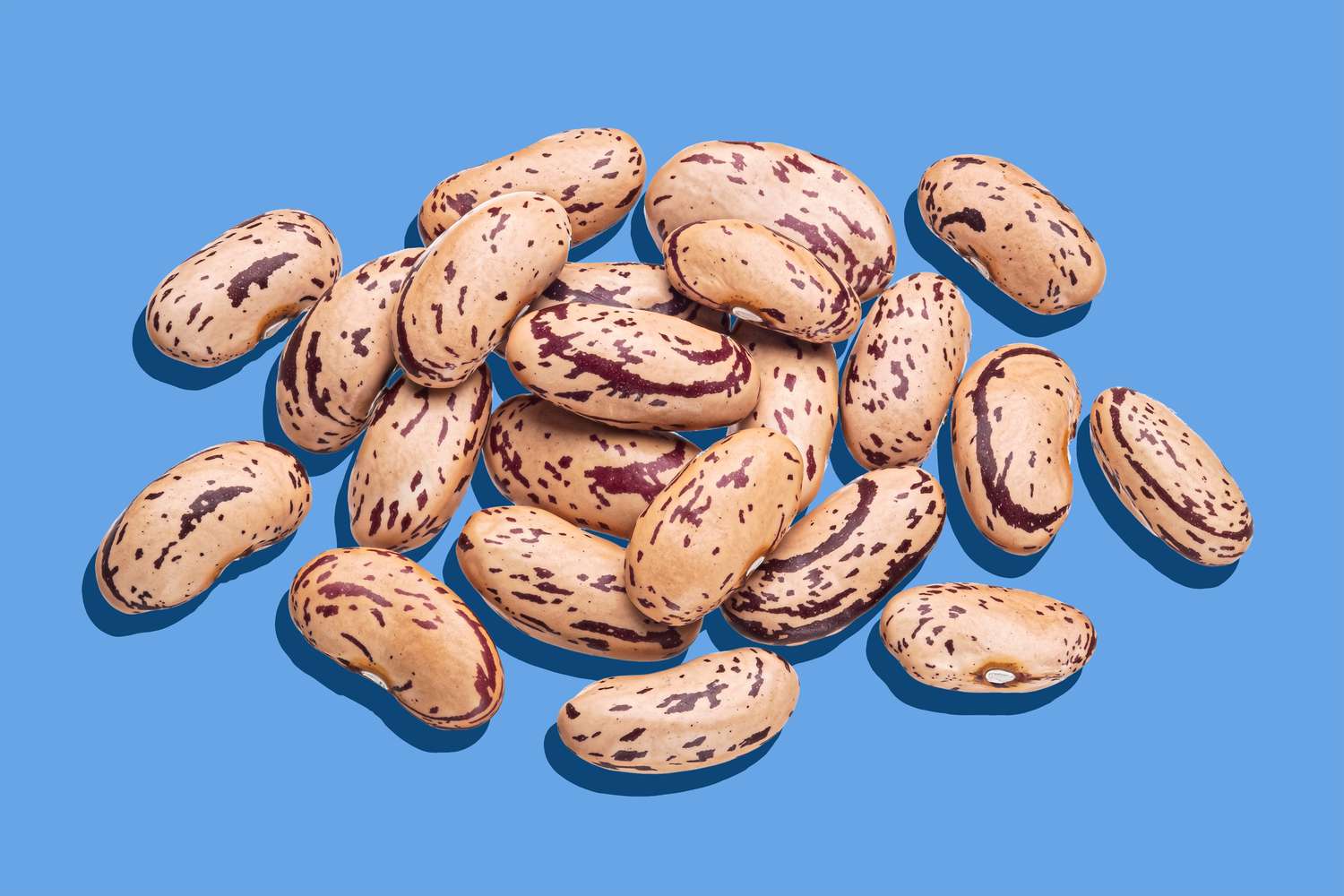
Logistics & Shipping Solutions for Bulk Iranian Pinto Bean Exports
..
-
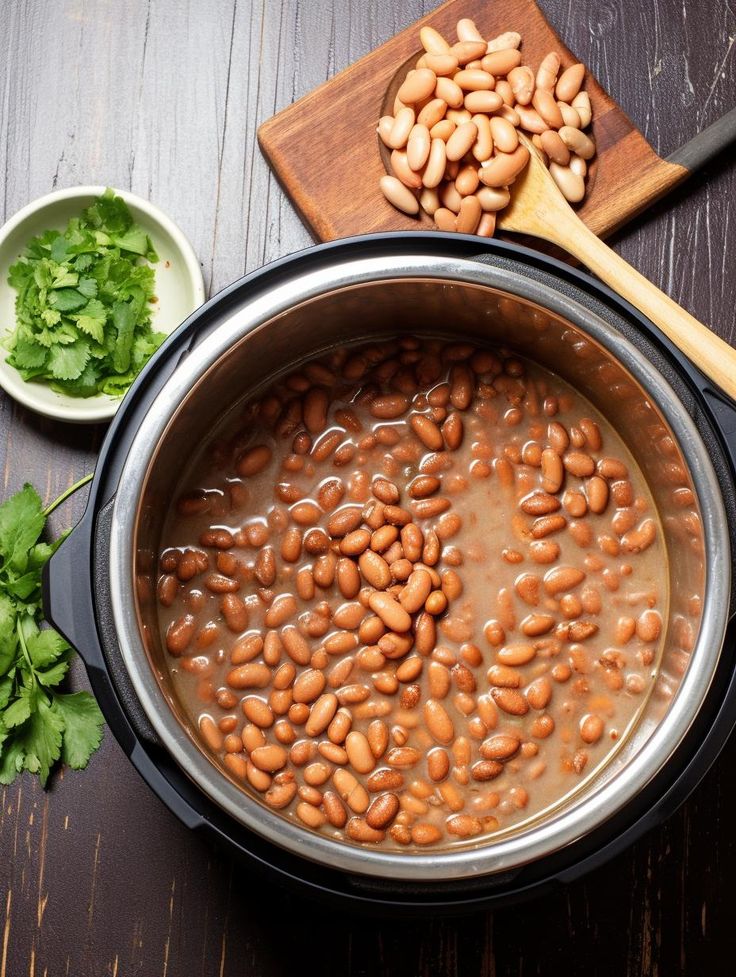
Minimum Order Quantity (MOQ) & Bulk Pricing for Iranian Pinto Bean Buyers
..
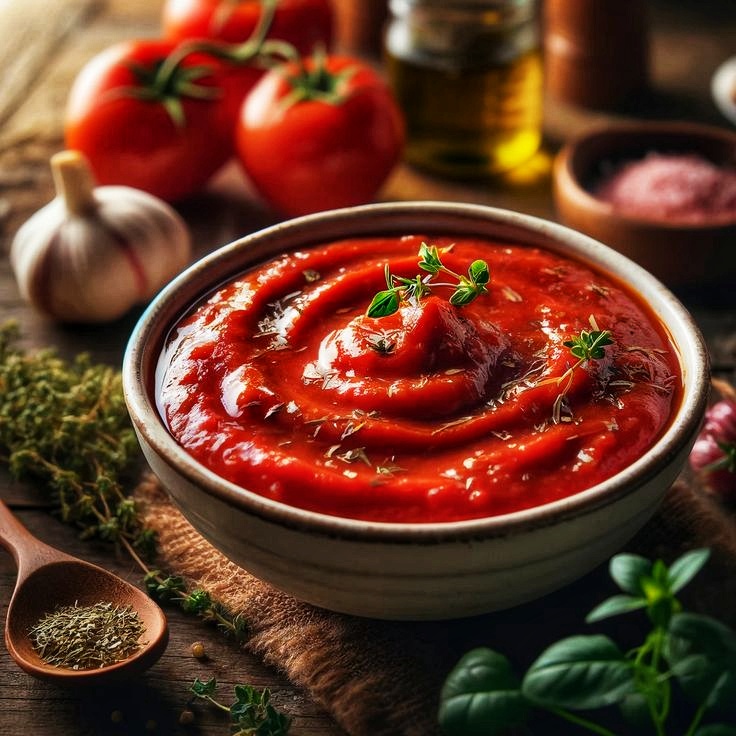
Tags
Unveiling the Differences: Iranian First Crop (Tareh) vs. Second Crop (Dojin) Rice
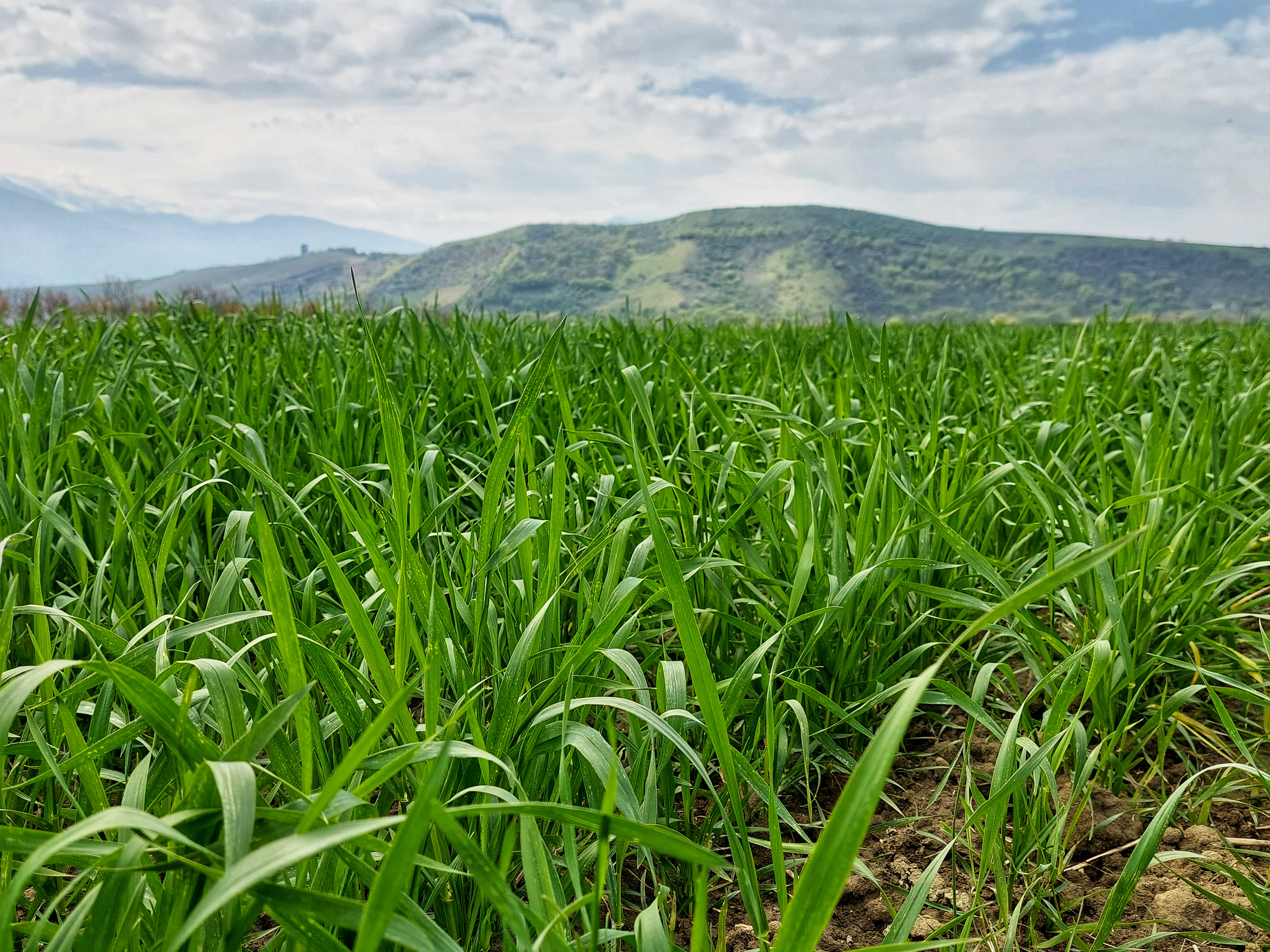
Iranian rice is renowned for its exceptional quality, aroma, and taste. But did you know that there are distinct differences between the rice harvested in the first and second crop seasons? Understanding these differences can help you make a more informed choice when purchasing Iranian rice. Let’s explore the key distinctions between “Tareh” (first crop) and “Dojin” (second crop) rice.
What are First Crop (Tareh) and Second Crop (Dojin) Rice?
In the northern regions of Iran, particularly in provinces like Gilan and Mazandaran, rice cultivation occurs in two main seasons. The first crop, known as “Tareh,” is planted in the spring and harvested in late summer. The second crop, called “Dojin,” is planted immediately after the first harvest and reaped in the late autumn or early winter.
Key Differences:
• Growing Season & Climate: Tareh rice benefits from the moderate temperatures and abundant sunshine of spring and summer. Dojin rice, on the other hand, faces cooler temperatures and shorter days as it grows into the autumn and winter.
• Yield: Generally, the yield of Tareh rice is higher than that of Dojin rice. The favorable climate of the first season contributes to more robust growth and grain development.
• Aroma and Taste: Many rice connoisseurs believe that Dojin rice boasts a more intense aroma and a richer, slightly sweeter taste compared to Tareh rice. The cooler temperatures during the second growing season are thought to concentrate the flavors within the grains.
• Texture: Tareh rice typically has a slightly lighter and fluffier texture when cooked. Dojin rice tends to be a bit denser and chewier.
• Price: Due to the lower yield and often perceived superior quality, Dojin rice usually commands a higher price in the market compared to Tareh rice.
• Availability: Tareh rice is generally more readily available throughout the year, while Dojin rice may have limited availability depending on the harvest and demand.
Which One Should You Choose?
The choice between Tareh and Dojin rice ultimately depends on your personal preferences and culinary needs.
• Choose Tareh rice if: You prefer a lighter, fluffier texture and are looking for a more budget-friendly option. It’s excellent for everyday meals and dishes where a delicate flavor is desired.
• Choose Dojin rice if: You appreciate a more intense aroma, richer taste, and slightly chewier texture. It’s perfect for special occasions or dishes where the rice flavor is meant to stand out.
• Conclusion:
• Both Tareh and Dojin rice represent the high quality that Iranian rice is known for. By understanding their differences, you can select the perfect rice to suit your taste and create memorable meals. So, next time you’re shopping for Iranian rice, remember to consider whether you’re buying Tareh or Dojin, and enjoy the unique characteristics of each!



